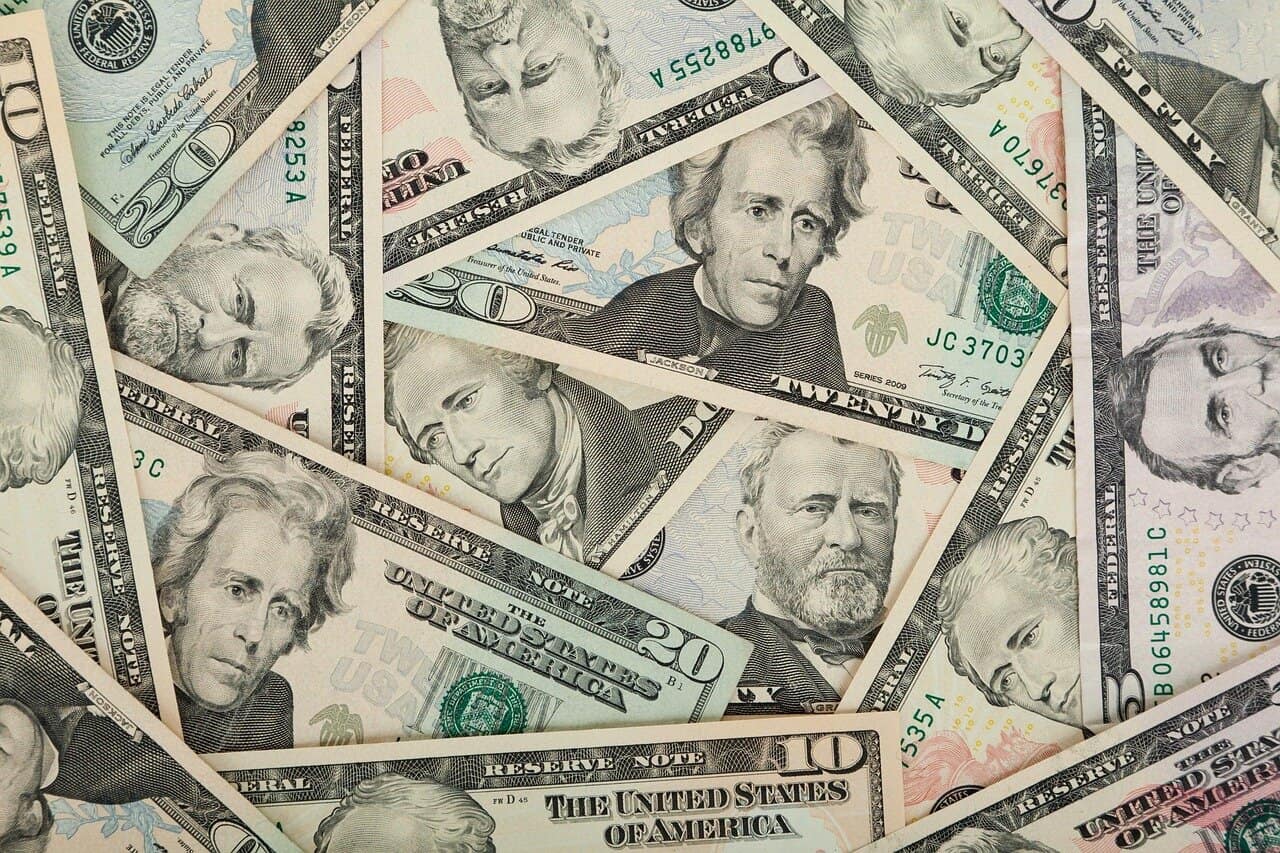Costa Rica’s tourism industry is under pressure yet again as the US dollar exchange rate on the Monex market dropped to ₡498 last Friday marking its lowest point since 2014. This shift points to a stronger colon, which raises costs for international visitors and threatens growth in an industry central to the nation’s economy.
The rate has declined steadily through 2025, with the colon gaining value against the dollar. Friday’s weighted average closed at ₡498.71 after dipping below ₡500 on multiple days that week. Over $20 million changed hands in trades, showing ongoing downward force on the dollar here.
Tourists now face steeper prices. The stronger colon cuts the dollar’s reach, making hotels, meals, and activities cost more. Most arrivals come from the US and Europe, where travelers budget based on exchange rates. As Costa Rica grows more expensive than options like Mexico, Panama, or El Salvador, some shift plans elsewhere.
Industry voices express concern. Hotels and operators note fewer reservations in recent months due to the colon’s rise. One report tied a similar rate drop earlier this year to reduced visits during slower periods, as groups and explorers chose cheaper spots. At levels unseen in over a decade, the trend could lead to wider effects if it persists.
The industry employs people nationwide, from Guanacaste beaches to Monteverde reserves. After a solid rebound in 2024 with millions drawn to volcanoes, animals, and nature trips, the colon’s strength risks reversing gains. Firms earning dollars but paying colon-based expenses see thinner margins, which might force reductions in workers or offerings.
Central Bank actions have aimed to stabilize the rate, including interventions to buy dollars and curb excessive appreciation. In March, when the rate neared ₡499, officials stepped in with purchases to ease the slide. Yet the colon continues to strengthen, fueled by factors like steady remittances, foreign investment, and lower import needs.
The colon has appreciated nearly 27 percent against the dollar over three years, from over ₡640 in mid-2022. This makes local goods and services pricier in dollar terms, cutting competitiveness. Exporters and tourism firms report lower incomes, with 75 percent of tourism businesses seeing reduced earnings last year.
Security issues add to the challenges, with rising violence noted as another barrier for visitors. Combined with the currency shift, these factors weaken the appeal of a destination long known for safety and nature. Ahead, groups push for steps to maintain edge. Targeting promotions on non-price value or local-currency deals might help. If rates stay low, high season from December could see fewer guests.






